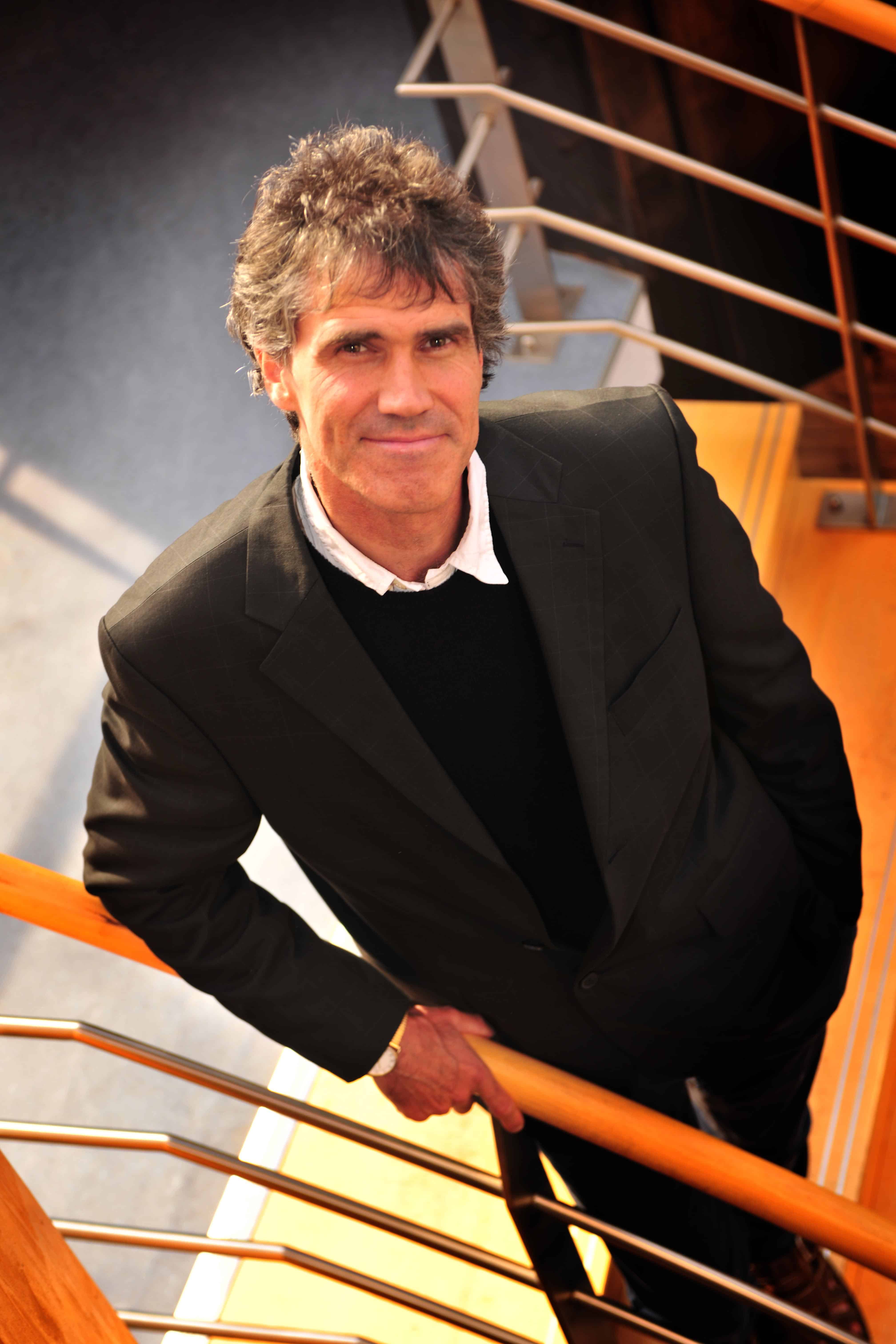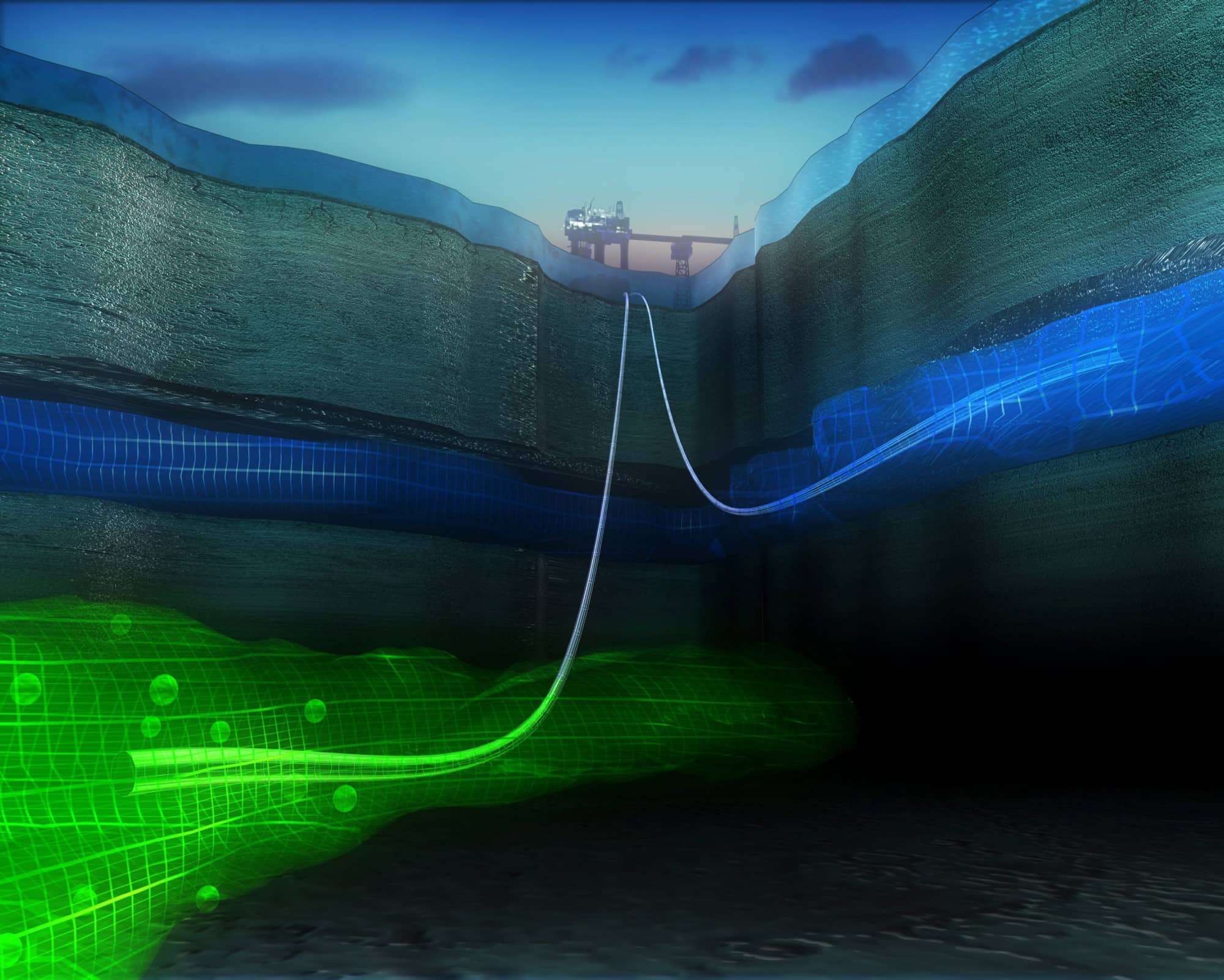
The director of science and technology at the British Geological Survey (BGS) cites a recent report by the Parliamentary Advisory Group on Carbon Capture and Storage that found the cost of meeting emissions goals could be reduced if a network of pipes is built to store CO2 beneath the North Sea. The report was written on the back of what Stephenson describes as a ‘catastrophic’ cancellation of the UK’s £1bn CCS competition.
He says the technology could buy time for governments to develop electricity storage for renewables by allowing them to continue using fossil fuels. “The report’s author is right to point out that CCS can be a way to decarbonise big industry relatively cheaply, probably in the range of cost of other decarbonising activities,” says Stephenson. “Geological processes naturally sequester carbon – coal is a massive example of that – and so CCS isn’t all that ‘unnatural’.”
In his current role, Prof Stephenson is responsible for the science at BGS, which includes overseeing 520 scientists and technologists, and about £15m of investment. “I’m particularly interested in the science that will matter five years from now, geological opportunities or problems – trying to see far ahead so that I can guide BGS science.”

But this wasn’t the position he saw himself in when he graduated from Imperial College. Immediately after his degree, Stephenson trained as a teacher and then went on to teach in rural Africa for nine years. At the age of 35, he decided to do an MSc and was then tempted by a PhD. “I did the PhD very quickly in two years because I was worried about getting a job,” says Stephenson. “Probably I’m a bit of a risk taker because I took a gamble on a new career – which seems to have paid off, so far.”
This risk-taking streak can still be seen today. Despite the lack of investment, Prof Stephenson has long been an advocate of storing carbon beneath the ground to tackle global warming, particularly as a bridging solution to help decarbonise big businesses. In 2010, he co-founded the Nottingham Centre for Carbon Capture and Storage. The centre brings together the talents of the Engineering Department at Nottingham and the BGS centre of CO2 storage research excellence.
Today, its remit has broadened and the facility has been renamed the GeoEnergy Research Centre (GERC). Alongside Royal Academy of Engineering research fellow Prof Matt Hall, who is also the director of GERC, Stephenson is developing a multi-borehole test site for studying underground fluid movement in porous rocks. While research such as this is crucial to developing energy policies of the future, Stephenson also believes we should be taking inspiration from abroad.
The BGS scientist highlights the Sleipner gas platform in the North Sea as an inspiring example of CCS. The field produces gas with unusually high levels of CO2, but the Norwegian authorities want CO2 levels less than 2.5 per cent in the pipeline that goes to customers. In 1991 the Norwegian government introduced a tax that penalised the release of CO2 from gas sweetening.
“The company that operates the Sleipner Field – Statoil – obviously preferred not to release the gas and thereby avoid paying the tax, and so a special processing platform, Sleipner-T, was built to separate the CO2 from the natural gas,” said Stephenson. “Rather than pump the CO2 separately ashore it investigated the idea of disposing of the gas in rocks about 1km below the seabed but above the gas accumulation. They began this groundbreaking disposal in 1996 and are still injecting today so that more than 10 million tonnes of CO2 are permanently below the sea bed. This amount is about a year’s worth of a big UK power station’s CO2 emissions.”
It will take more than just scientific backing to make CCS a reality in the UK – big businesses need to get on board. “It’s difficult to see big CCS investment because it’s not a profitable enterprise,” says Stephenson. “As a carbon abatement process, the exchange of coal with methane is more likely because you can make money out of extracting methane, and because exchange of coal with gas in electricity generation is fairly straightforward. I’m interested
in gas as a fill-in for the intermittency of renewables, where power plants adjust their output as demand for electricity fluctuates throughout the day.”
Storing hydrogen deep underground in salt caverns and converting it into a reliable and flexible power source could be one way of using gas to replace coal. Stephenson says he is currently looking into whether the BGS should invest in the science of how hydrogen might be stored
in salt layers underneath Britain. What solution the UK chooses is yet to be seen, but this type of applied science, he says, is vital to Britain’s energy future. “Science done in organisations such as BGS isn’t blue sky, but it’s really important to lives and livelihoods.”




April 1886: the Brunkebergs tunnel
First ever example of a ground source heat pump?